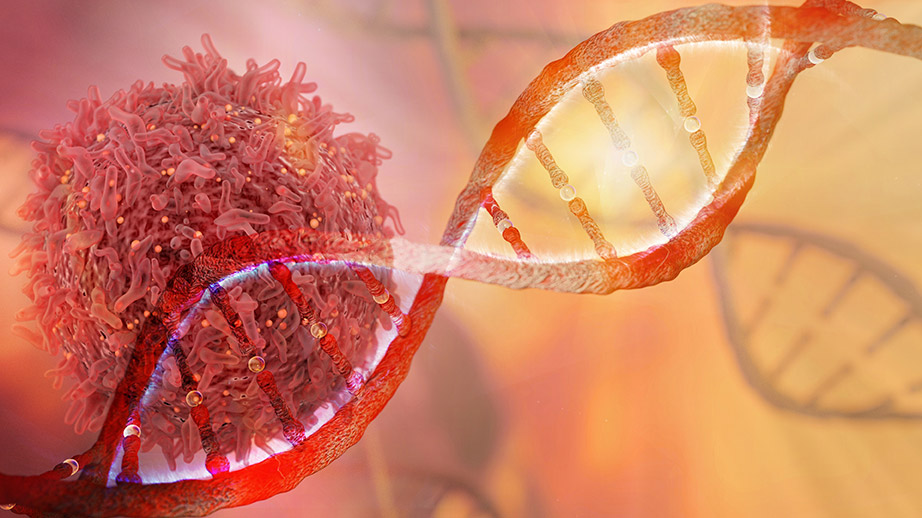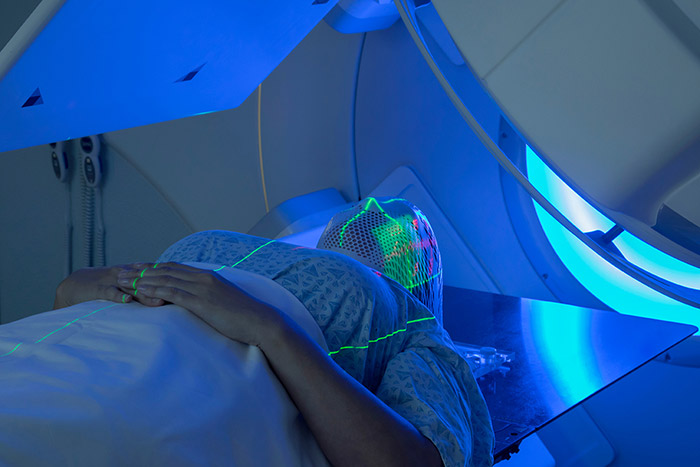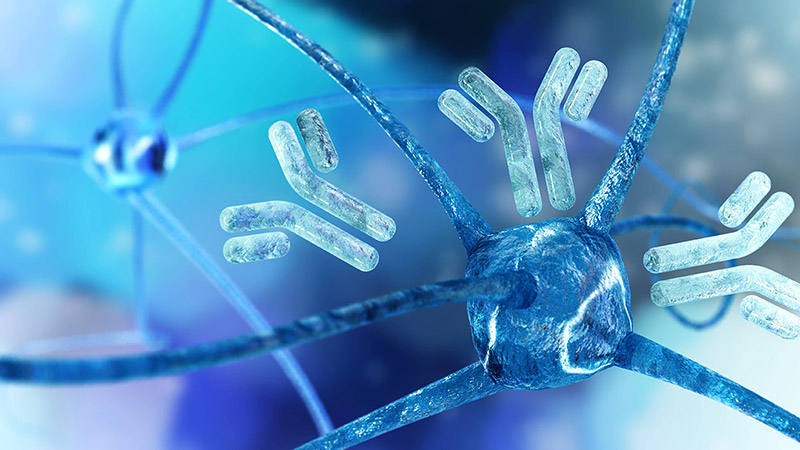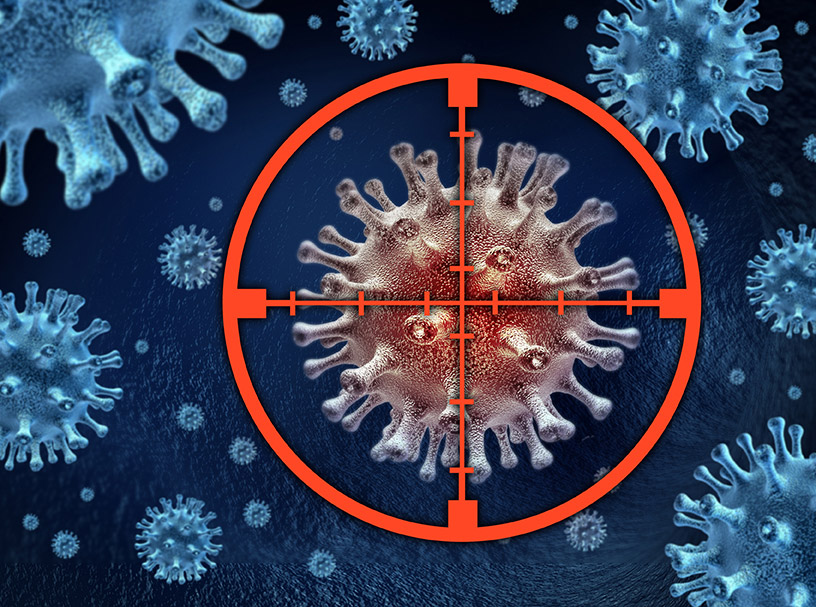Treatment of cancer involves the use of either surgical removal or the use of radiation, medicines, and multiple other modalities for curing cancer. Currently, multiple types of cancer treatment are available. The selection of a treatment regimen for cancer depends on each patient’s medical condition, his/her cancer type, involving organs or the extent of cancer spread. A cancer patient may be prescribed either a single treatment option or a combination of multiple treatment options.
The goal of cancer treatment
Achieving a total or maximum possible cure for your cancer is the ultimate goal of cancer treatment, which may allow a cancer patient to lead a normal life. A complete cure and normal lifespan might not be possible in every patient post-treatment, but it may enable the treating doctors to reduce the size of the patient’s cancer tumor or delay the growth of cancer so that the patient may lead a symptom-free life for the maximum possible period after treatment.
Forms of cancer treatment
Treatment in cancer may be in two chief forms
- Primary Treatment
The goal of a primary form of treatment is to entirely remove cancer from your body or kill all the existing cells of cancer in your body. Any treatment type in cancer can work as a primary mode of cancer treatment, but surgery is the most frequently recommended primary mode of treatment in most patients. Your doctor may also recommend radiation or drug therapy as primary treatment if you are particularly sensitive to these treatment regimens.
- Adjuvant Treatment
Adjuvant treatment’s goal is to kill any existing cancer cells, which are surviving post-primary treatment. Adjuvant treatment in cancer reduces the chance of cancer recurrence. Same as primary treatment, any cancer treatment can work as adjuvant treatment. However, most frequent adjuvant therapies include drug or chemotherapy, radiation and hormonal therapy.
- Neoadjuvant Treatment
This treatment type is similar to the adjuvant type but its goal is different from the adjuvant treatment. Neoadjuvant treatment is used to make the primary treatment easier or raise its effectiveness and is used before primary treatments.
- Palliative Treatment
It is used in treating cancer at progressive stages. It does not treat cancer but eases the discomfort or associated adverse effects of cancer treatment.
Types of Cancer Treatment
Multiple treatments are currently available for treating cancer. However, selecting a particular treatment type for each patient depends on the individual patient’s cancer type and stage, his/her overall health and also his/her preferred treatment type. You and your doctor together can decide which treatment is best suited for you based on the merits and demerits of each treatment.
Options to treat cancer include:
- Surgery
The goal of cancer surgery is the removal of the entire or maximum possible cancerous tumor from the patient’s body.



- Chemotherapy
It involves the usage of drugs to kill cancer cells in the patient’s body.



- Radiation Therapy
This method utilizes uses high-intensity beams of light energy for killing cancer cells. The radiation source may be placed outside your body or may even be inserted in the patient’s body.



- Bone Marrow Transplant
Bone marrow is the material present inside the bones of each human that produces blood cells. A bone marrow transplant can utilize the patient’s cells of bone marrow or from a healthy donor, mostly a family member. This method enables the doctor to use a higher chemotherapy dose to kill cancer cells or replaces the cancerous bone marrow.



- Immunotherapy
This therapy boosts the immune system of the patient’s body to fight and kill the cancer cells by enabling it to recognize the cancer cells present in the body.



- Hormonal Therapy
It is used to treat some hormone-related cancers such as breast cancer. This therapy involves the removal of these hormones or blocking their effects in the body, stopping the growth of cancer cells.



- Targeted Drug Therapy
This therapy concentrates on particular defects within cancer cells that enable the survival of the cancer cells.



- Cryotherapy
It uses extremely low temperature to kill cancer cells. During cryoablation, a thin, wandlike needle (cryoprobe) is inserted through your skin and directly into the cancerous tumor. Gas is pumped into the cryoprobe to freeze the tissue. Then the tissue is allowed to thaw. The freezing and thawing process is repeated several times during the same treatment session to kill the cancer cells.
- Radiofrequency Ablation
This treatment involves the use of electrical energy to raise the temperature of cancer cells, leading to their death.
While there are multiple treatment options available to treat cancer, it is advisable to consult a surgeon to prescribe the best treatment for your case as the line of treatment will always depend on the types and severity of the disease.




